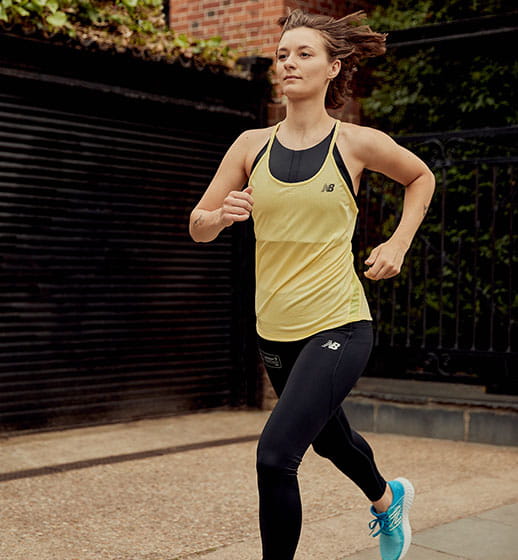Basic sports watches
Sports watches have advanced so much in recent years, that for anywhere between £30 - £90, many runners, especially beginners, can get all of the basic information that they want. Functions include: laps/splits, to help you compare times over a number of laps; water resistance, to guard against those April showers, or if your exercise regime includes a few lengths in the pool; interval timers, to help you plan a session that includes certain amounts of time running at a slow, medium or fast pace.
Look for the number of laps that the watch can record. Basic products might start at 10 or 30 laps, up to the more advanced 150 or 250 laps. The lap/split function is one of the easiest and most useful features. A lap is simply the time it takes to complete a certain segment of your run (whether it's a lap around a track, a familiar landmark, or a turning point on a local route). The split is the cumulative time taken up to that point. Of course, the more laps you can track the more detail in which you can monitor your sessions.
When it comes to race day, the lap feature will help you keep track of how you're getting on at each km or mile marker.
Heart rate monitors
A lot of emphasis in modern training is placed on the level of exertion that you reach, versus your maximum effort. This is an area where monitoring your heart rate can really help, and make sure that you’re training in the most efficient way possible. You can find some sports watches with a wrist based hear rate monitor included, but generally these aren’t as accurate as the chest strap monitors.
Find out your maximum heart rate (a very rough guide is 220 minus your age) and use a Heart Rate Monitor to measure what percentage of your max you’re training at. Training plans will often guide you based on percentage exertion. Training at around 60 per cent max heart rate for the majority of your runs is generally accepted as being best to build endurance. You should be training only once or twice a week above that effort in various types interval or fartlek sessions.
By wearing a heart rate strap linked to a watch, you can get regular feedback on your wrist, and many watches will also have customisable alerts to help keep you on track. Some products also allow you to upload your data to an online training site.
GPS
If serious stats are what you’re after, or if you’ve well and truly been bitten by the running bug, then a GPS product will be right up your street. For most runners, a watch that costs £200 or more is a serious purchase so getting the right one is key, so check through the different features they offer. These high-end watches possess enough features that they can effectively act as your very own training partner, feeding back all the information you need to tailor your training.
GPS products can provide you with real-time stats for distance covered, speed, pace, altitude & heart rate, as well as the basic stopwatch functions that you would expect as well.
Most top-of-the-range GPS products will be linked into an online training site where you can view your route and review all of your data, and will let you link the watch into your PC or Mac so that you can easily customise the detailed settings.
In summary
Data crunching and exercise gadgets can be surprisingly addictive and can really help you tap into that competitive spirit to drive you on. They can also serve as a tool to evaluate your performance and fitness, helping you avoid injuries related to overtraining. You'll be amazed at the extra element that having some of these stats can add to your training.
Above all, be comfortable with what you're doing and enjoy your running, your Start Line is calling!
